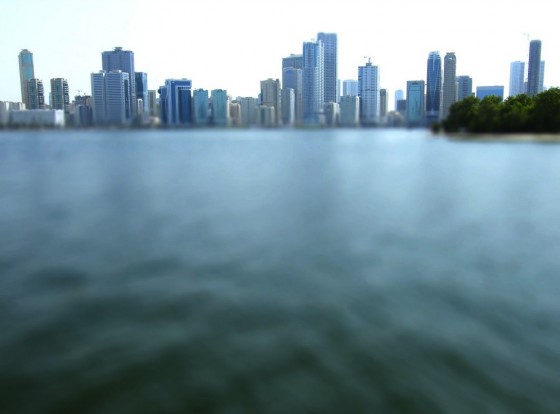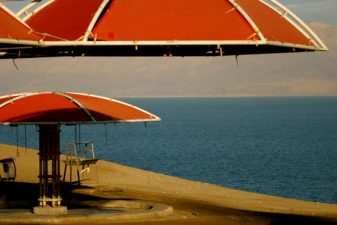 Brian argues that skyscrapers are not only “un-green,” but they could be a precursor to economic turmoil.
Brian argues that skyscrapers are not only “un-green,” but they could be a precursor to economic turmoil.
The Empire State Building was completed in 1931, the same year E.Y. “Yip” Harburg wrote these lyrics: “Once I built a tower up to the sun, brick and rivet and lime. Once I built a tower, now its done. Brother, can you spare a dime?” The song grew to become an anthem to unemployed American builders during the Great Depression. But these words could easily apply to those put out of work after building Burj Khalifa or one of hundreds of other skyscrapers that now cast long shadows across the Mideast.
The skyscraper index
Burj Khalifa’s construction coincided with a global economic downturn and it was completed just in time for Dubai’s financial crisis. This caused Burj Kalifa’s rents to plummet 40% and left 92% of its apartments empty. Similar stories are being repeated around the globe.
If you’re beginning to wonder whether skyscrapers are an economic jinx, you are not alone.
What began as Andrew Lawrence’s tongue-in-cheek “Skyscraper Index” to correlate skyscraper construction with business cycles has grown into serious research. As recently reported by BBC news, Barclays capital wrote: “Often the world’s tallest buildings are simply the edifice of a broader skyscraper building boom, reflecting a widespread misallocation of capital and an impending economic correction…”
Misallocation of resources is one of the unfortunate side effects of economic bubbles. Mega skyscrapers may be an indication of a distorted relationship between land values and construction costs. But that hasn’t stopped India, China and Turkey from doing what was once thought to be a bad idea.
Is there an economic reason for building these things?
The construction cost of a one story commercial building is typically $100-$200 per square foot. (It varies widely because up to 70% of this is the cost of the land.) The construction cost per square foot of a skyscraper is approximately $500 per square foot and the cost of WTC 1 in New York City is $1,150/square foot.
Working through the details is an exercise for the reader, but economic reasons for building a skyscraper seem to vanish by the tenth floor. So if a pencil building seems to be the best fit for the economics of a site, you might want to consider funding horizontal public transportation to another location.
Chances are good that the land values are floating atop an economic bubble. And when the bubble pops, the skyscraper will have to support itself long after it makes economic sense.
Are they Green?
While there can be an advantage in avoiding horizontal sprawl, vertical sprawl can be just as bad for the environment, possibly worse. Even so-called “green” skyscrapers consume a massive amount of resources and energy. They cast long shadows, kill millions of birds and expose far more surface area for collecting solar heat than the land beneath them.
If the buildings are dark, this excess heat contributes to the urban heat island effect. If the buildings are reflective, the heat can be concentrated where it doesn’t belong. So while one skyscraper can claim to be slightly greener than another, none are as green as the empty lot it was built on. None are green when they are only designed to work for a decade or two.
Skyscrapers are symbols of…?
The Great Pyramid of Giza stood as the highest man-made structure on earth for almost 4000 years before the Lincoln Cathedral exceeded its height in the 14th century. This record held for another six centuries before the Washington monument topped it at 555 feet.
These were all symbolic structures. They didn’t pretend to be green or economically practical. They were works of art which symbolized something. Skyscrapers rarely make economic sense, but they can be powerful symbols. So many people think of modern skyscrapers as symbols of economic prosperity it has become a cliche since they often indicate quite the opposite.
The real question is, will they be regarded as useful works of urban art six months from now when they are no longer breaking any records. How about one hundred years in the future? Do they symbolize a harmonious relationship between people and nature or do they symbolize a temporary insanity, pride and hubris?
image via Uggboy, Flickr
More on unsustainable development in the Middle East:
Sustainable Architecture Saudi Style: King Abdullah Financial District
Dubai Breaks its own Record for the World’s Tallest Hotel




Great piece Brian